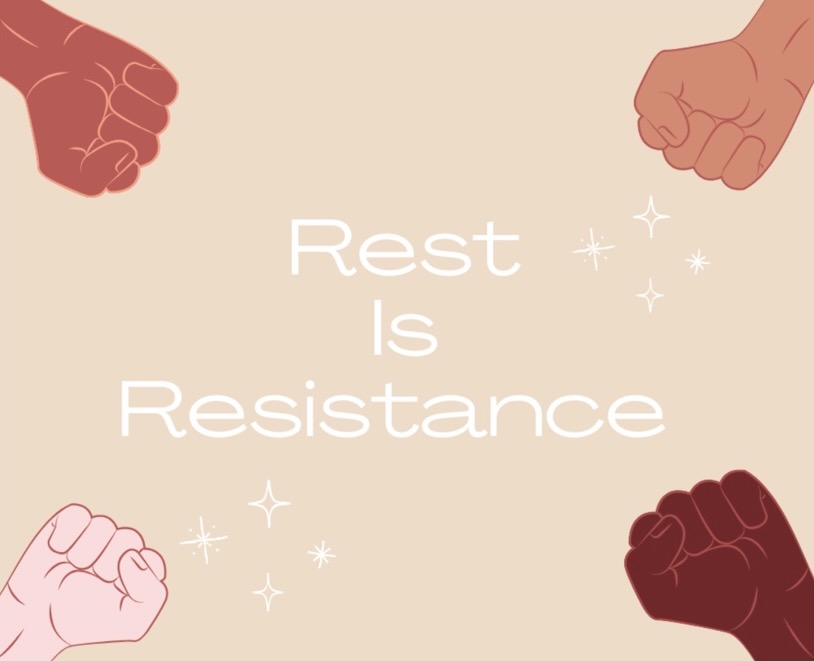Imagine a nation where one can receive a free college education regardless of whether or not they are a citizen. Now imagine a nation where the cost of higher education has increased by 500 percent over the last 30 years and student loan debt is more than $1.2 trillion.
The first country is Germany, where students, no matter their place of birth, have access to a free higher education. The latter is the United States, a nation built on the American dream that says with hard work, one can achieve prosperity no matter social class.
Higher education is becoming increasingly inaccessible for young people in the U.S. for many reasons that don’t include a lack of student’s determination or motivation to succeed. Many young people have the goal of earning a college degree but simply don’t have the means to support that goal. With the rising costs of college, is the American dream dead, or have the requirements to achieve the dream simply changed?
When children grow up, many are told, “You can be anything you want to be when you grow up,” or “Follow your dreams.” For many, those dreams include getting an education, becoming an astronaut, a lawyer or a doctor. But what is difficult to grasp when growing up is oftentimes those dreams or goals are dependent on the size of your bank account.
I always knew I wanted to go to college when growing up. I never had the question of “Am I going to go to college?” It was always, “Where am I going to go?” As I approached my senior year of high school, I began to understand the financial hardships college presents and wondered if I would be able to make it through college.
According to U.S. News, the annual salary of a college graduate age 25 to 32 earns approximately $17,500 more than that of a high school graduate. The gap between salaries of college and high school graduates has increased by nearly $10,000 in the last 40 years. U.S. News attributes the widening gap to not the increasing value of a college degree, but the decreasing value of a high school diploma.
In March 2013, the unemployment rate for college degree-holders from four-year universities ages 25 to 32 was 3.8 percent, while those who earned a high school diploma among the same age group have a unemployment rate of 12.8 percent.
Is the job market simply more competitive for high school graduates or are jobs normally held by high school diploma-earners now being taken by college graduates because of a changing market?
According to the College Board, the average cost of college tuition in the U.S. is $9,139 for state residents at public universities, $31,231 for students at private universities and $22,958 for out-of-state residents at public universities.
Where does Sonoma State University lie on the spectrum of college costs? For undergraduate students at Sonoma State in the 2015-2016 year, tuition is $3,665 per semester with an additional $929 per semester for campus-based fees. For many, the cost of tuition is covered by financial aid, but what happens to those families who make too much money to qualify for financial aid but too little to pay for a college education?
Many students are forced to take out thousands upon thousands of dollars in loans each year, leaving students with the burden of college debt for years and even decades following their college graduation. With a college degree becoming increasingly difficult to earn, what options are left for students looking for their American dream without the financial burden? Move to Germany.


































